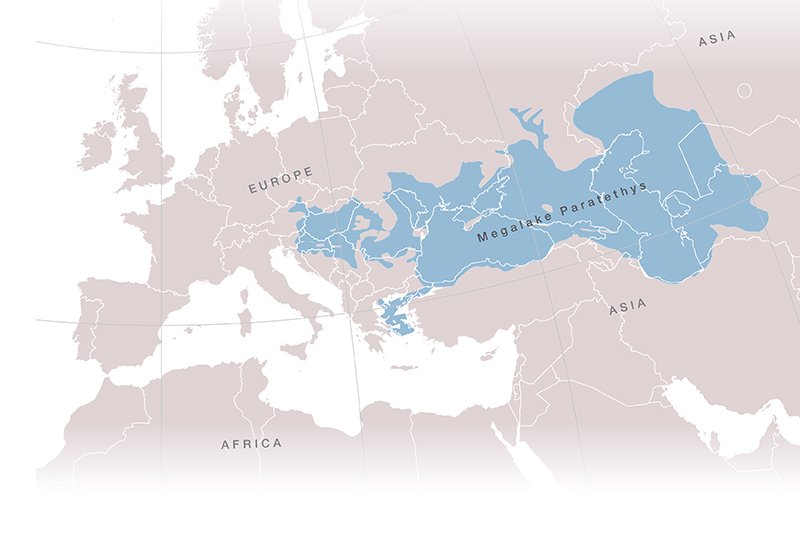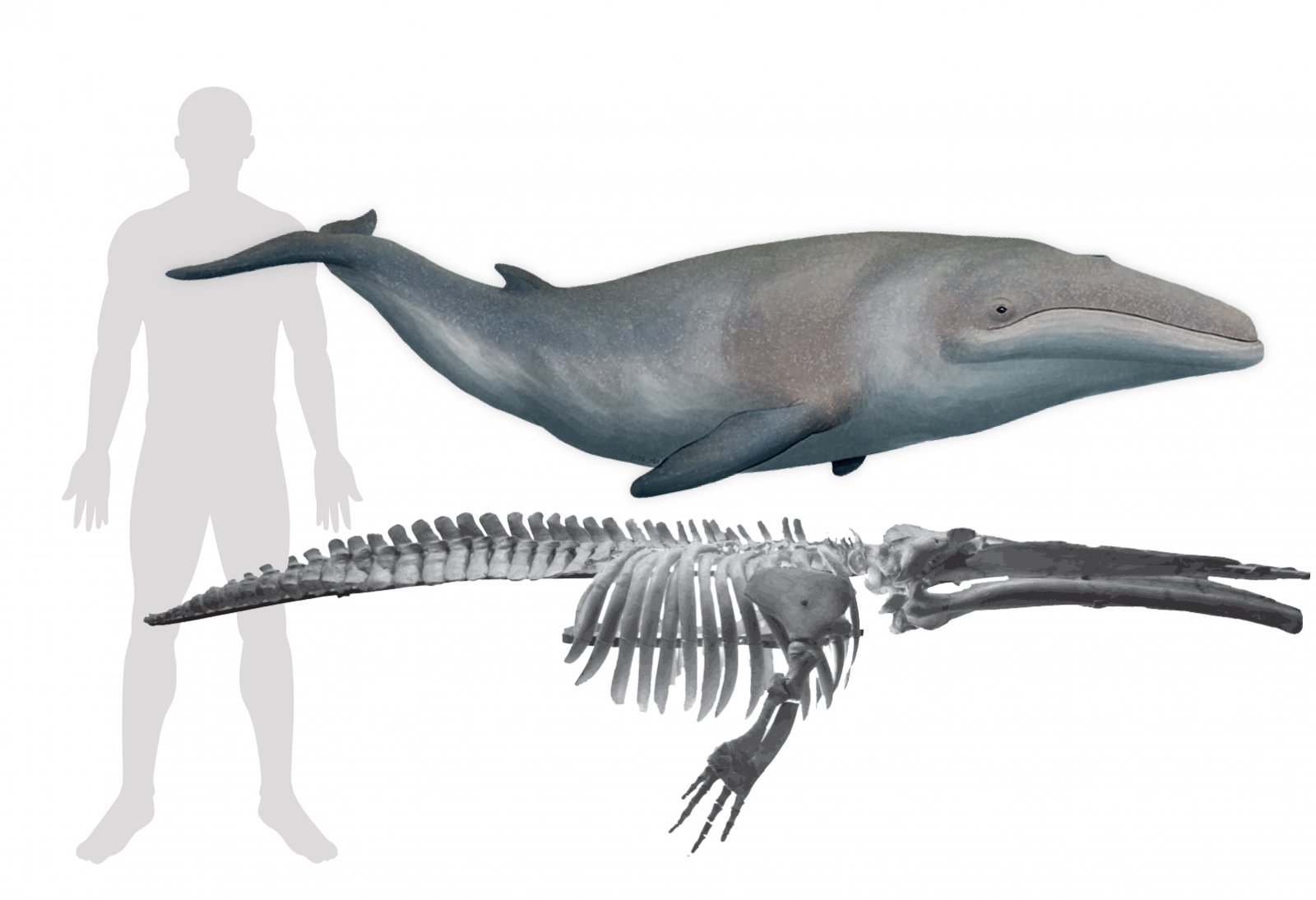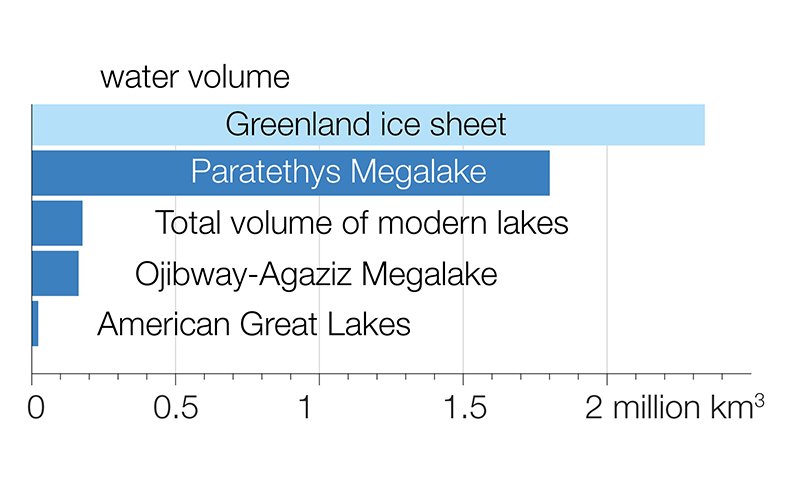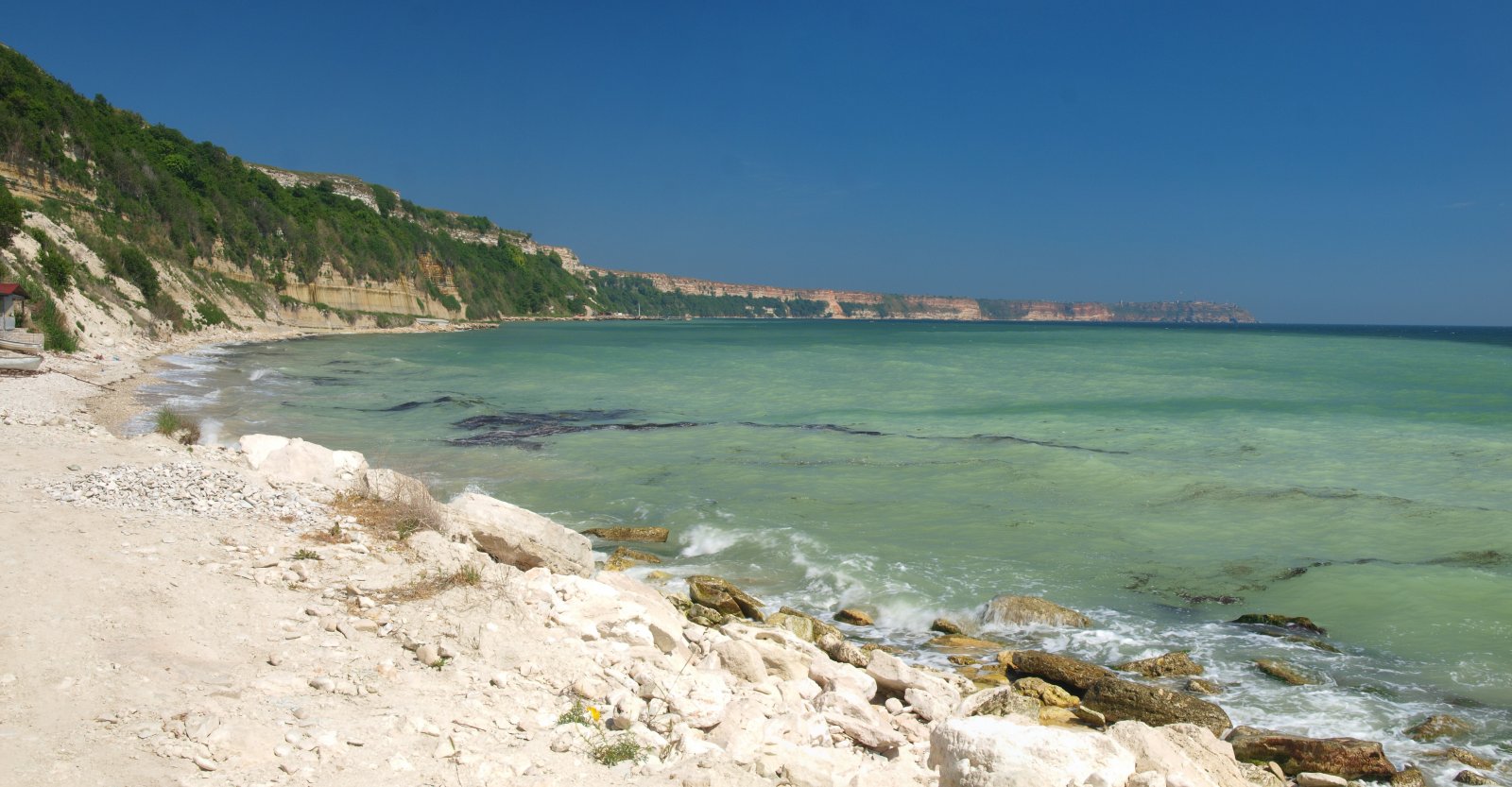Disaster in largest lake ever
More water than ten times the volume of all modern lakes combined
A new study reveals the rise and the fall of the largest-known megalake in the Earth’s history some 10 million years ago. The megalake fauna, which included dwarf whales and dolphins, evolved and thrived initially but were later nearly obliterated by cataclysms that repeatedly turned the region into a toxic waste-waterworld. “These crises were similar to the desiccation of lake Aral, but hundreds of times larger in magnitude”, lead author Dan Palcu (Utrecht University and University of São Paulo) explains.
(to be continued below illustration)

Megalake Paratethys formed some 12 million years ago, after a giant sea disconnected from the ocean and life evolved for 5 million years cut-off from the rest of the world. "The lake contained an exotic endemic fauna that included dolphins and whales – among them, the smallest ones in the Earth history” explains Pavel Gol’din, an expert in marine mammals (lead researcher at the Schmalhausen Institute of Zoology, Ukraine) who was not involved with the study. The 3 m long Cetotherium riabinini is the best known of these dolphin-sized dwarf baleen whales.
(to be continued below illustration)

Larger than the Mediterranean Sea
While its inhabitants shrunk, the lake expanded to cover an area of 2.8 million km2. “That’s larger than the modern Mediterranean Sea”, says Palcu. The lake stored an estimated 1.77 million km3 of brackish water. “This represents more than ten times all the fresh and salt-water presently stored in lakes.”
(to be continued below illustration)

Post-apocalyptic
During partial desiccation episodes, up to a third of the megalake water was lost to evaporation, the lake fragmented, and the central basin, now the Black Sea, became particularly toxic and barren. Most lifeforms became extinct, and those that survived were sick and deformed. “It must have been a post-apocalyptic prehistoric world, an aquatic version of the wastelands from Mad Max”, explains Wout Krijgsman (Utrecht University).
(to be continued below illustration)

Other authors include Irina S. Patina from the Geological Institute of the Russian Academy of Science, Marius Stoica and Ionut Sandric, from the University of Bucharest, Romania, Iuliana Vasiliev from the Senckenberg Biodiversity and Climate Research Centre, Germany and Sergei Lazarev from Utrecht University.
Article
Dan Valentin Palcu, Irina Stanislavovna Patina, Ionuț Șandric, Sergei Lazarev, Iuliana Vasiliev, Marius Stoica & Wout Krijgsman, 'Late Miocene megalake regressions in Eurasia', Scientific Reports https://www.nature.com/articles/s41598-021-91001-z#citeas

